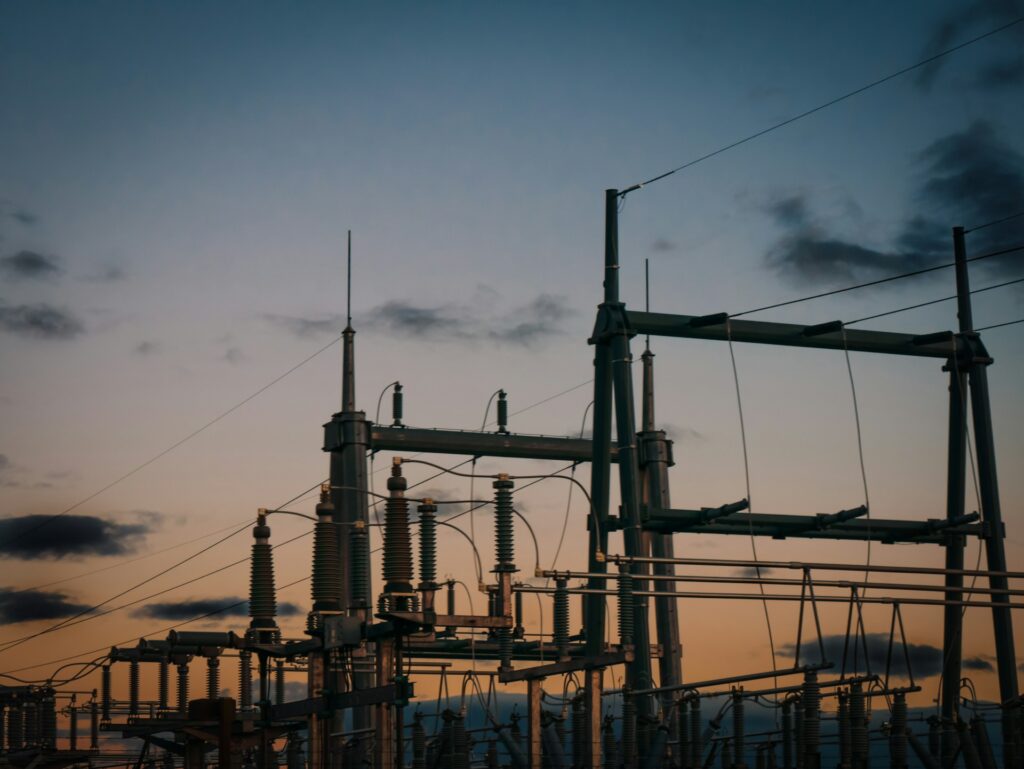When projects include interrupting power feeds to a work area, one of the team’s top priorities is to connect with users who may be affected by the outage. Not only is it important to alert workers and others about upcoming power cuts that will take lighting, equipment, or other resources offline, but there may also be safety or other considerations area users need to know about. And while project teams already use digital channels to update users on power disruption activities, ranging from emails to posts on company intranets and alerts in online collaboration apps, projects that affect the physical space often benefit from a communication strategy that taps into more traditional methods of sharing information.
If you’re planning a project that will disrupt power, consider how the inclusion of historically analog communication channels can help your messages reach the right audience.

Leverage physical signage
Signage serves as a visual reminder and can help ensure that employees are aware of the upcoming disruption. Users may have heard about the planned outage through several different communication channels, but as they focus on the day’s tasks there’s a chance they won’t remember the power is out until they try to flip on a light or start a piece of equipment. The outcome could be very negative if the power shuts off while a machine is in use or a system is processing data.
Physical signs placed in strategic spots near and within the affected area can reduce confusion and avoid frustration. They can also help prevent accidents or damage to equipment that might occur if workers forget about the scheduled outage. Positioned in the right locations, signage is particularly useful when some portions of the area will be without power while others will remain operational. Signage in conspicuous spots keeps everyone informed and allows users to easily differentiate between the pieces of equipment that are available for use and those that are not.
Though signage is clearly analog, you can easily create links between your physical signs and your digital communication channels. Consider adding a QR code to each sign that brings up the outage schedule for that particular machine, for example. You may also link to a master project page on the company intranet, where users can find the latest information on outage timing or a vendor support contact for the equipment restart procedure.
Make room for in-person events
Digital get-togethers provide important opportunities to keep stakeholders apprised of your project’s progress and let users know what activities they can expect in upcoming phases of the initiative. However, because planned outages are often very impactful on stakeholders’ day-to-day workflows as well as the company’s overall operations, the addition of regularly scheduled in-person events can significantly increase the effectiveness of your communication strategy. Face-to-face discussions allow you to show attendees exactly which pieces of equipment and/or areas will be affected by each stage of the planned power disruption and talk through any specific questions users may have.
Your project’s in-person events can take whatever form makes sense based on your stakeholders’ preferences and your team’s resources. You may choose to hold an onsite open house, where your communications can include a wider range of visual and digital elements—floorplans or other schematics, video tutorials, etc.—to help users understand what’s happening and what they can expect from the outage. A weekly meeting in a conference room near the area that will be affected by a planned power disruption might be the right option to keep the lines of communication open when your user base wants frequent opportunities to talk about their concerns.
PMAlliance, Inc uses a team of highly experienced and certified professionals to provide project management consulting, project management training and project portfolio management.


